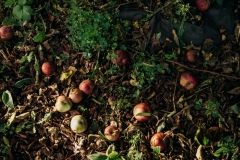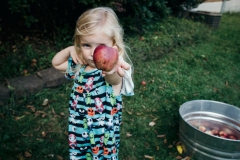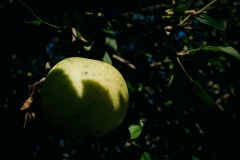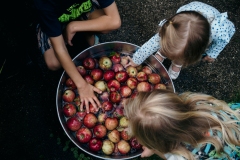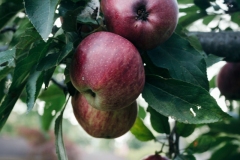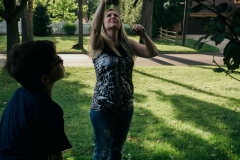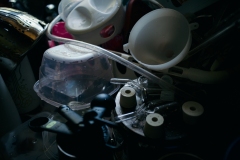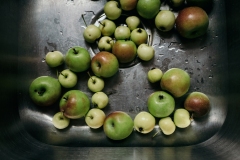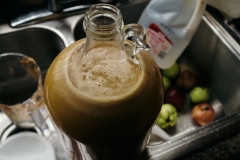Stuck In the Middle
What’s easy for me? It’s easy to brainstorm an idea – to come up with a creative project that I want to see out in the world.
It’s also easy to ship that idea once everything finished, to cross the finish line with the idea and have it live in the world
What am I not good at? The middle. The gut check, the finer details, or thinking through the unthought-of things. The implementation of that original idea.
For example, in a photo project, coming up with my subject theme comes naturally. I want to photograph creative people in my community.
But what then? Where do I start? How do I find subjects? What do I do when things get difficult?
Once I have that figured out, it’s easy for me to take the outputs and put them together in a finished product. I get a deep thrill out of that final crunch to ship something on a self-imposed deadline.
In the middle, I know I need help and guidance on getting something started. Imagine pushing a car that’s standing still. It’s easy to figure out I need to move it, and once it’s in motion I know where I want to go. But getting past inertia? It’s tough for me.
What works in that middle is to find a person – a colleague, or a family member, or friend – who provides good, honest feedback and advice. I’m humble enough to know when I need help, and humble enough to ask for it when I’m having trouble getting going.
Otherwise, I’d be stuck in the middle.




